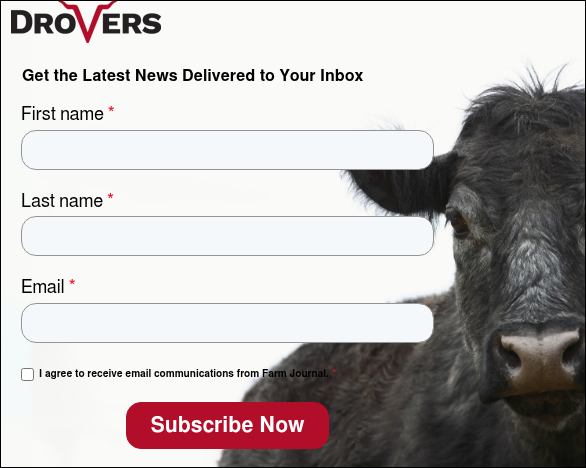USDA’s Cattle on Feed Report was largely neutral compared to expectations but does continue to show a trend of tighter inventory in feedlots.
The number of cattle and calves on feed was pegged at 98.5% compared to a year ago, which was right in line with pre-report expectations.
USDA estimated there were 11.376 million head of cattle in large feedlots (1,000-plus head) as of May 1, down 178,000 head from year-ago.
Dr. Derrell Peel, Extension livestock marketing specialist with Oklahoma State University, says the on feed number has been below year ago levels the last four months.
“We have pretty consistently now seen 1.5% to 2% down on a month-to-month basis. It’s not a fast process. We’re slowly moving that number down. Frankly, I expected to start seeing that more consistently several months ago, but I think we’re into it now. We’re still seeing some month to month variation as is typical in these monthly reports. However, in general, we’re working our way into tighter and tighter feeder supplies,” he explains.
He thinks the tightest numbers will likely not come until 2026.
“The hole really comes once we decide to really get active with herd rebuilding, and that means heifer retention. And that’s going to be a relatively lengthy process,” he says.
Placements in feedlots during April totaled 1.61 million head, 2.5% below 2024, which was just .6% above trade estimates.
During April, placements of cattle and calves weighing less than 600 lb. were 310,000 head, 600-699 lb. were 225,000 head, 700-799 lb. were 370,000 head, 800-899 lb. were 443,000 head, 900-999 lb. were 195,000 head, and 1,000 lb. and greater were 70,000 head.
Marketings of fed cattle during April totaled 1.83 million head, at 97.5% compared to 2024.
Other disappearance totaled 50,000 head during April, 1% below 2024.
In a state-by-state breakdown, placements declined 20,000 head in Texas, 15,000 head in Colorado and 18,000 head in “other states.” Kansas placements increased 10,000 head, while Nebraska moved the same number of cattle into feedlots as April 2024.
Peel called the report neutral.
“The placements on average or came in just a smidge above the average, but well within the range of expectations. Marketing’s were also a smidge above the average guess, pre -report estimate, but also within the range. And when you factor those two against each other, the on -feed total was just about exactly as anticipated going into the report,” he says.
As a result, he doesn’t anticipate much market reaction when traders return on Tuesday following the three day weekend.
Based on these numbers Peel also thinks last week’s key reversal could be negated and its too early to call a top in the cattle market.
Your Next Read: Rural Minds: Breaking the Silence Around Mental Health in Agriculture













